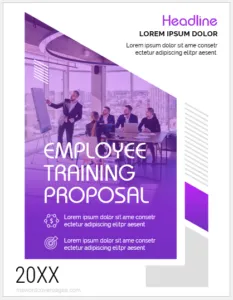Understanding the Training Proposal Cover Letter
A training proposal cover letter serves as the introductory document to a training proposal. It’s the first impression you make on a potential client or organization, and it sets the tone for your entire proposal. This letter is not merely a formality; it’s a crucial marketing tool designed to capture attention, establish credibility, and encourage the reader to delve into the details of your proposed training program. A well-crafted cover letter can significantly increase the chances of your proposal being accepted.
Purpose and Importance
The primary purpose of the cover letter is to introduce your training proposal and highlight its key benefits. It should concisely explain why your training program is the ideal solution to the recipient’s needs. Its importance lies in its ability to immediately grab the reader’s attention and build a positive first impression. It’s an opportunity to differentiate yourself from competitors and demonstrate your understanding of the client’s challenges and the value you bring.
Key Components to Include
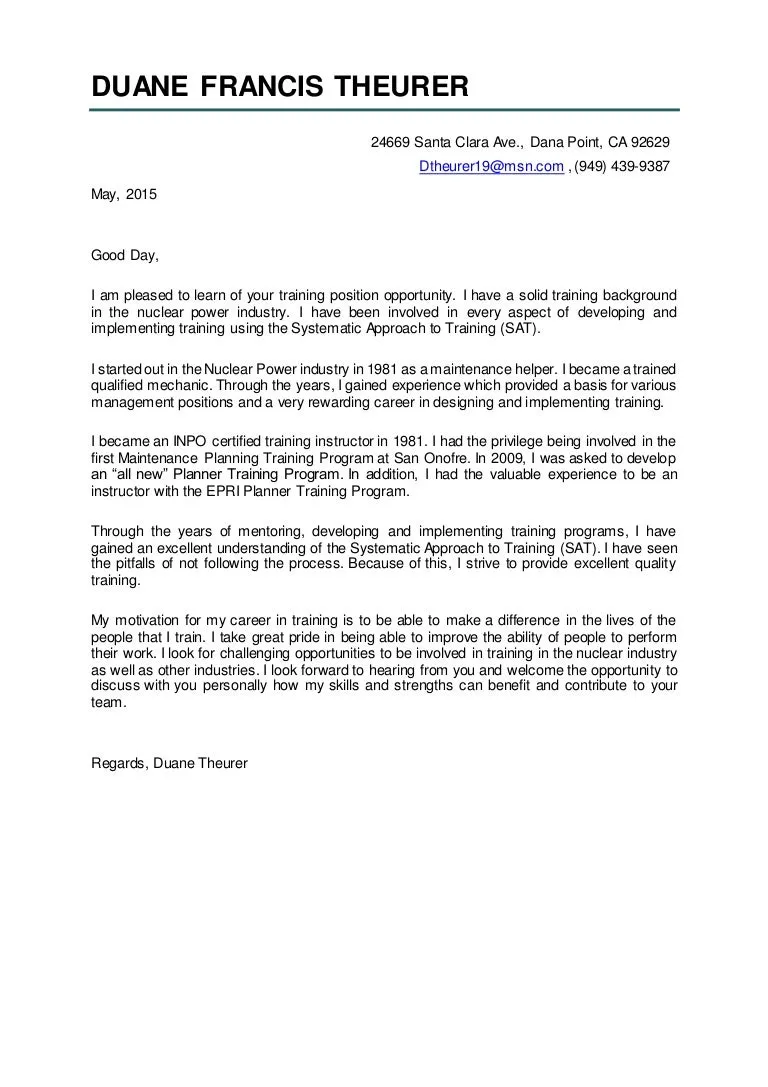
Several key components are essential for a compelling cover letter. These include the date, contact information for both you and the recipient, a clear opening paragraph expressing your purpose, a body that highlights your expertise and benefits, and a strong call to action. Each element should work together to create a cohesive and persuasive document.
Contact Information and Date
Begin by including your contact information (name, title, company, address, phone number, and email address) at the top, followed by the date. This is standard business etiquette and ensures the recipient can easily reach you. Ensure the date is current, showing the letter’s relevance.
Recipient Details
Address the letter to a specific individual by name, if possible. This shows you’ve done your research and are personalizing your approach. Include the recipient’s title and company, ensuring accuracy to demonstrate professionalism. If you don’t know who to address it to, research the company and find the relevant person.
The Opening Paragraph
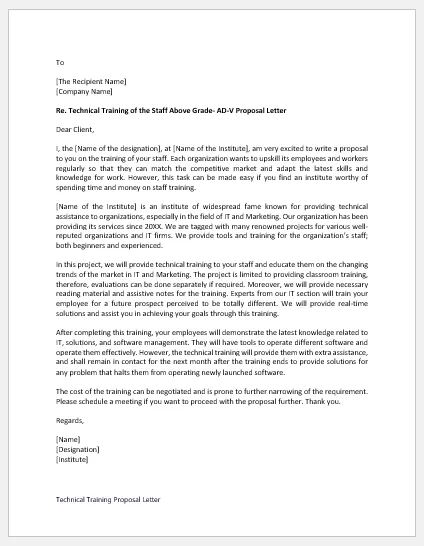
The opening paragraph is your chance to make a strong first impression. It should immediately state the purpose of the letter — to introduce the training proposal. Briefly mention the program’s focus and the specific needs it addresses. The opening paragraph should be concise, enthusiastic, and clearly state the subject of the proposal.
Expressing Enthusiasm
Show genuine enthusiasm for the opportunity to work with the client. Express your excitement about the potential for positive outcomes and your confidence in the proposed training program. Use positive and energetic language to engage the reader from the outset. This will create a welcoming tone for the rest of the letter.
Highlighting Key Benefits
Briefly mention the key benefits the training program offers. Focus on how it addresses the recipient’s specific needs and challenges. Emphasize the value the program brings, such as improved skills, increased productivity, or better employee retention. Tailor these benefits to align with the organization’s goals.
Body Paragraphs for Impact
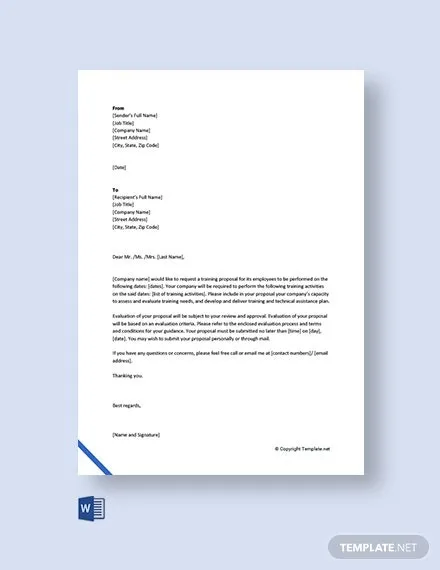
The body paragraphs are where you elaborate on your expertise and the value of your training program. They should provide a more detailed explanation of how your program meets the client’s specific requirements. The body paragraph should be well-structured and focus on the benefits.
Showcasing Your Expertise
Highlight your credentials, experience, and any relevant qualifications. Provide evidence of your past successes and accomplishments. Mention any testimonials or case studies that demonstrate your ability to deliver results. This section is crucial for establishing your credibility and trustworthiness. Use images relevant to your expertise, like images related to training.
Tailoring the Letter to the Proposal
Customize your letter to the specific training proposal and the client’s needs. Demonstrate that you understand their challenges and goals by referencing their specific requirements. Show how your program uniquely addresses their needs, thereby proving its value. Avoid using a generic template; personalization is key to showing that you care. Use images that highlight the training itself, showing participants and instructors.
Addressing Training Needs
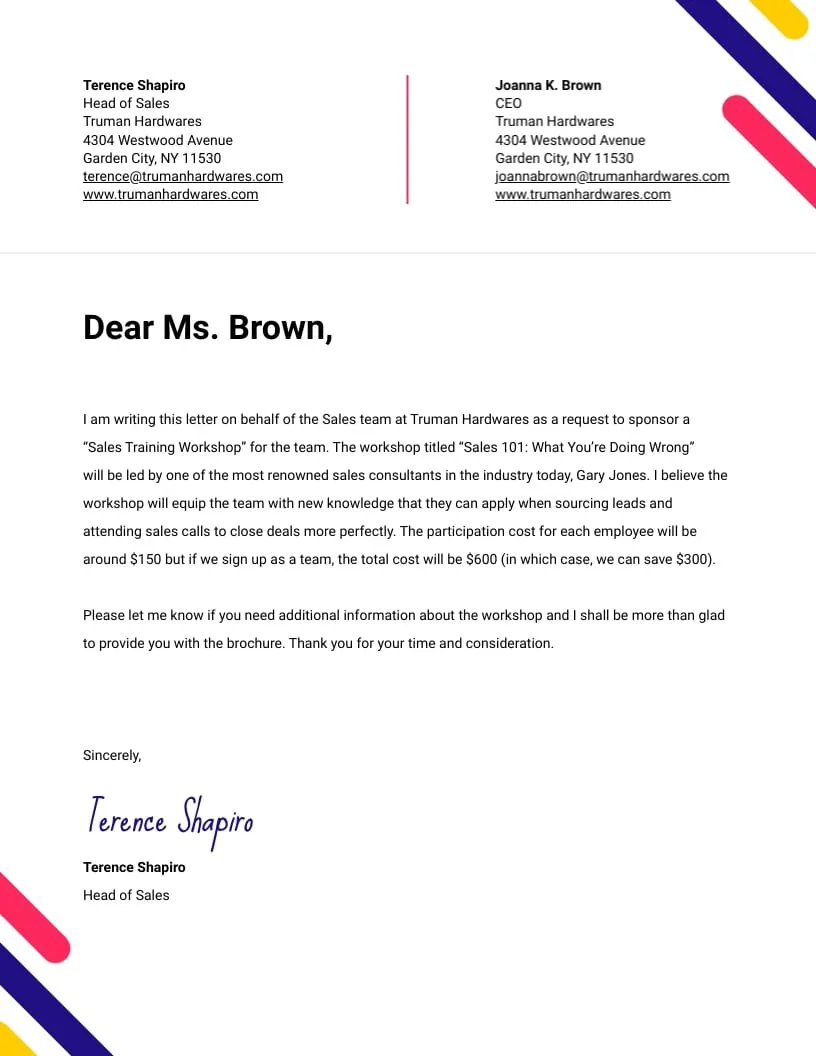
Explicitly address the training needs outlined by the client. Show that your proposal directly answers their requirements. Outline how your program objectives are designed to resolve those issues. Align the training outcomes with the client’s organizational goals and show that your proposal will solve the problem.
Emphasizing Value and ROI
Focus on the value your training program provides. Explain how your training will produce measurable results. If possible, mention the potential return on investment (ROI) by highlighting the improved skills, productivity, or any other benefits for the client. Quantify the benefits to demonstrate the value of the training. Use images that highlight benefits and outcomes.
Call to Action and Closing
Conclude your cover letter with a strong call to action and a professional closing. This is your last chance to persuade the recipient to take the desired action, like reading the proposal or scheduling a meeting. A well-crafted call to action encourages the next steps.
Requesting a Meeting or Further Discussion
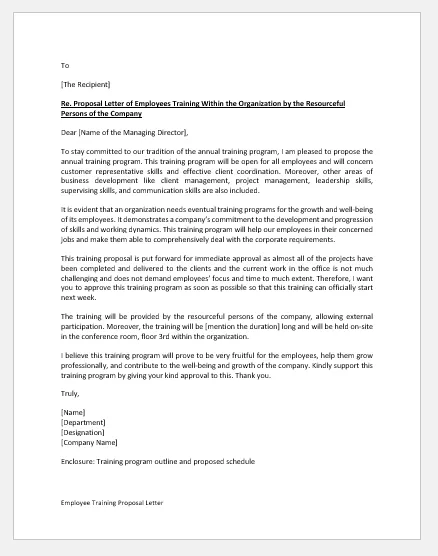
Encourage the reader to take the next step. Request a meeting or offer to answer any questions. Make it easy for them to contact you by providing your contact information. Reiterate your availability and willingness to collaborate. Use an image suggesting a meeting.
Expressing Gratitude
Thank the recipient for their time and consideration. Express your appreciation for the opportunity to submit the proposal. End with a professional closing, such as “Sincerely” or “Best regards”, followed by your name and title. A thankful closing ensures a positive last impression.
Formatting and Design
The formatting and design of your cover letter play a crucial role in its overall impact. A well-formatted letter is easier to read, looks professional, and reflects positively on your attention to detail. Your goal is to make the letter visually appealing and easy to digest.
Font and Readability
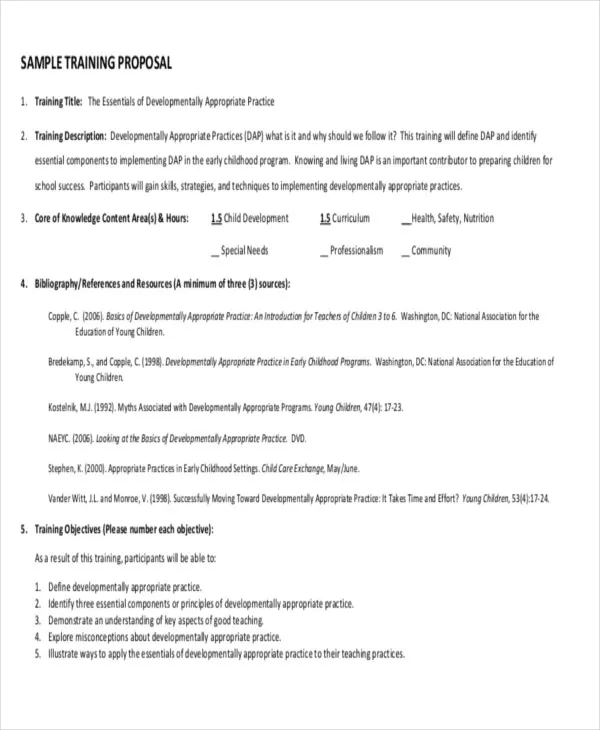
Choose a professional and readable font, such as Times New Roman, Arial, or Calibri. Ensure the font size is appropriate (typically 11 or 12 points). Use clear headings, subheadings, and white space to break up large blocks of text and improve readability. Maintain consistent formatting throughout the document. Avoid the use of creative fonts that are difficult to read. Use images to make it even more readable, for example, images that show good design.
Proofreading and Editing
Proofread and edit the cover letter meticulously to eliminate any grammatical errors, typos, or inconsistencies. Check the letter for clarity, conciseness, and accuracy. Ask someone else to review it for a fresh perspective and to catch any mistakes you may have missed. A polished and error-free letter demonstrates professionalism and attention to detail. This is a critical step, as it is the final check before sending your letter. Use an image depicting proofreading.
Avoiding Common Mistakes
Be aware of common mistakes to avoid in a cover letter. These errors can diminish your credibility and reduce the effectiveness of your letter. Avoiding these will help you create a professional and effective cover letter.
Generic Language

Avoid using generic and impersonal language. Customize the letter to the specific client and proposal. Use specific examples and address their unique needs, instead of employing vague statements that could apply to any organization. Personalizing your letter creates a stronger impact, and helps you to stand out.
Typos and Grammatical Errors
Typos and grammatical errors can damage your credibility. Always proofread the letter carefully before sending. Use spell-check and grammar-check tools, but don’t rely on them completely. Have someone else review the letter to catch any errors you may have missed. An error-free document shows professionalism and attention to detail. Use images like those showing errors.
Ignoring Proposal Guidelines
Adhere strictly to any specific guidelines provided by the client for the cover letter or proposal. Ensure the letter follows the requested formatting, length, and content requirements. Ignoring these guidelines indicates a lack of attention to detail and could lead to rejection. Follow guidelines very closely.
Finalizing and Sending
Before sending your cover letter, review it one last time to ensure it’s complete and error-free. Verify that all attachments are included and that the email address is correct. Send a test email to yourself to check the formatting and appearance. Once you’re confident, send the letter promptly to meet the deadline. Use an image related to finishing the work, like hitting a ‘send’ button.
